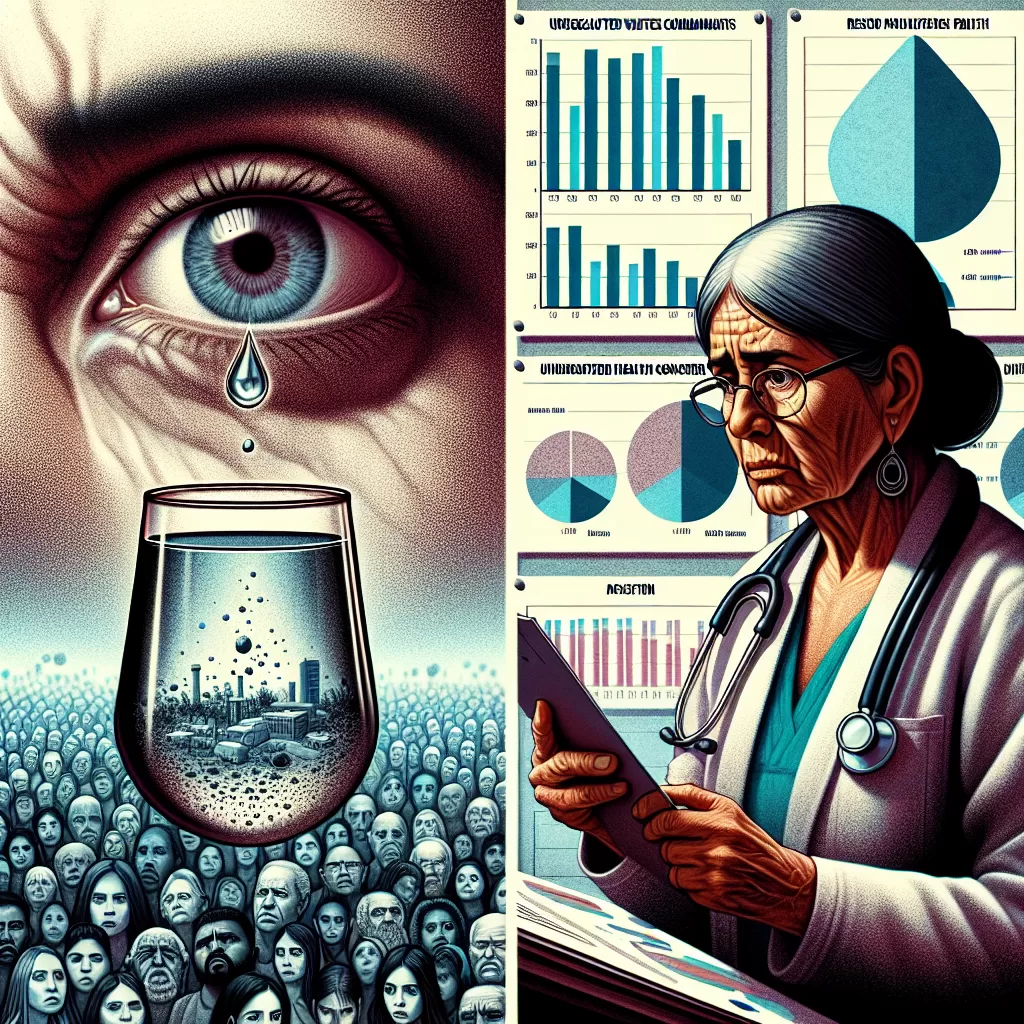Unregulated contaminants encompass a wide range of substances, from industrial chemicals and agricultural runoff to emerging contaminants like per- and polyfluoroalkyl substances (PFAS). These pollutants can have severe health implications, including increased cancer risk, developmental issues, and endocrine disruption.
While the Environmental Protection Agency (EPA) regulates over 90 contaminants in drinking water, thousands of other chemicals remain unmonitored and unregulated. This regulatory gap leaves communities vulnerable, particularly those already grappling with environmental injustices and limited access to clean water resources.
The Silent Spring Institute’s analysis underscores the urgent need for comprehensive water quality monitoring and stricter regulations to safeguard public health. Environmental advocates and policymakers are calling for stronger enforcement measures, increased funding for water infrastructure improvements, and a precautionary approach to emerging contaminants.
As the nation grapples with the far-reaching implications of this water crisis, addressing the disproportionate impact on marginalized communities must be a top priority. Ensuring access to clean, safe drinking water is not only a matter of public health but also a fundamental human right that demands immediate action.

